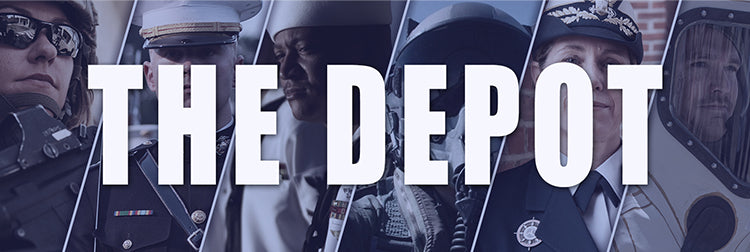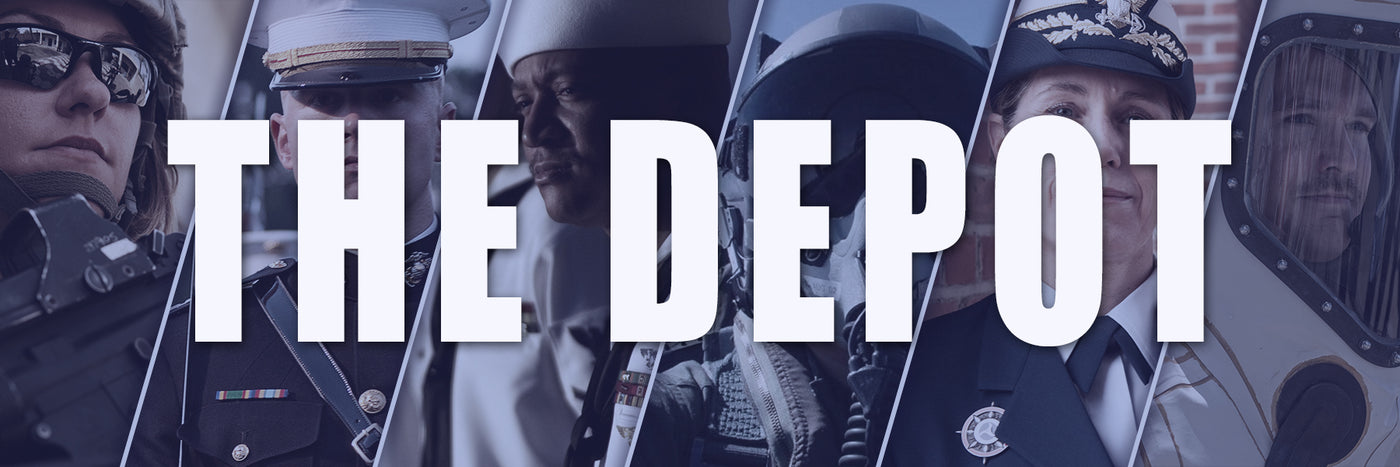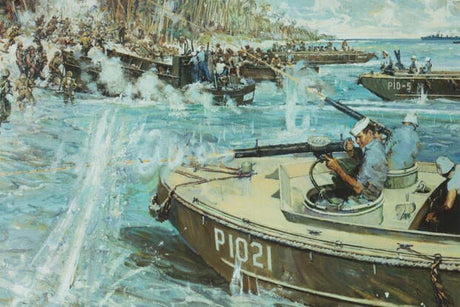
U.S. Coast Guard Auxiliary: A Brief History
The US Coast Guard Auxiliary was established by Congress in 1939. Since then, Auxiliarists have worked hand in hand with the US Coast Guard and the US Coast Guard Reserve...
Blog Staff |
ARMED FORCES SUPER STORE 1-877-653-9577 | 8 - 7 CST MON-FRI



The US Coast Guard Auxiliary was established by Congress in 1939. Since then, Auxiliarists have worked hand in hand with the US Coast Guard and the US Coast Guard Reserve...
Blog Staff |

Two U.S. Coast Guardsmen earned the Distinguished Flying Cross and two others the Air Medal after a daring nocturnal mountainside rescue during the 2019 California wildfires.
Blog Staff |

The U.S. Coast Guard celebrates 230 years of service to the nation August 4 and today, like most days, they will be busy impacting the lives of Americans through their...
Steven Alvarez |